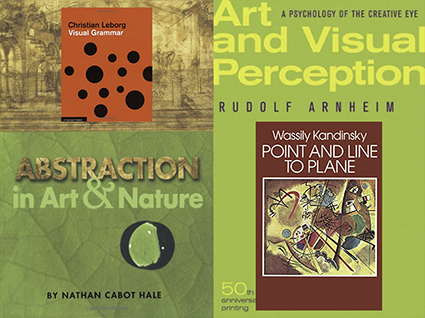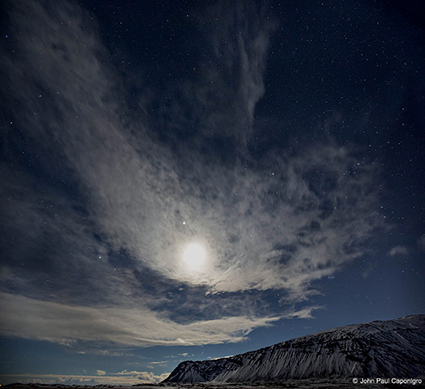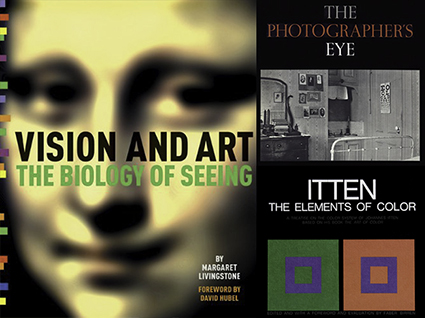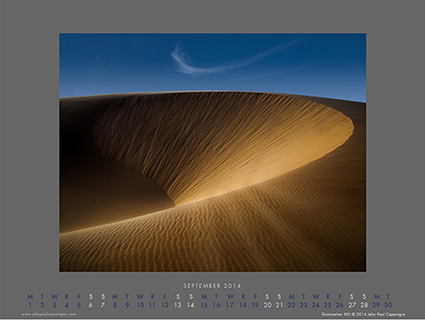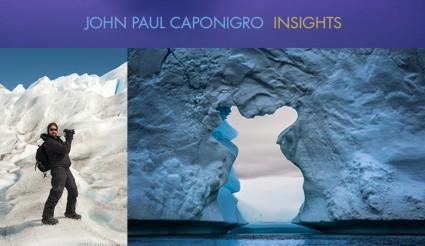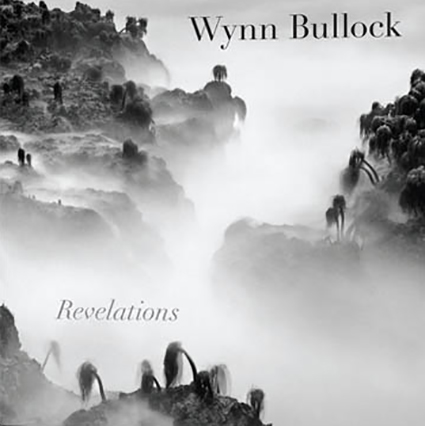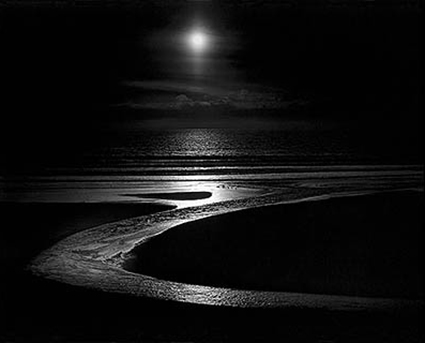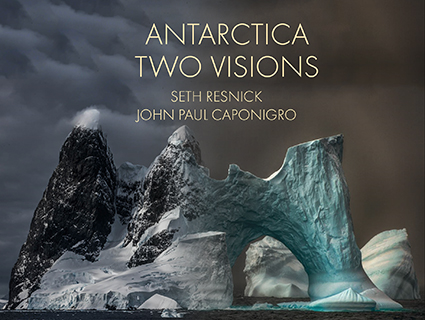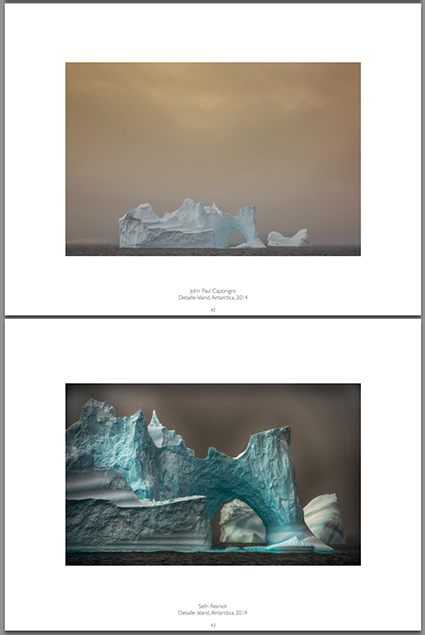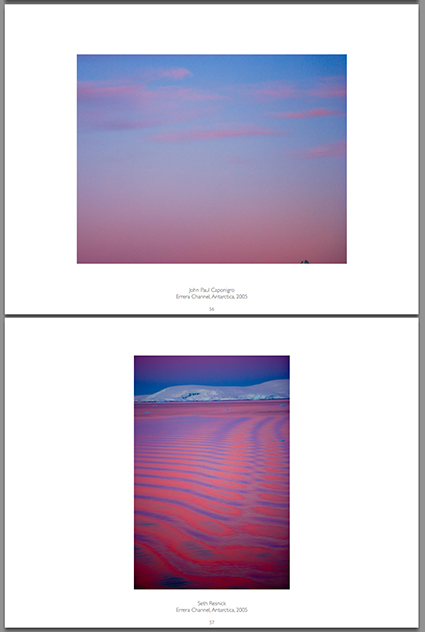“Unlocking The Secrets Of The Creative Process – Part 1" A Conversation With Photographer Eric Meola
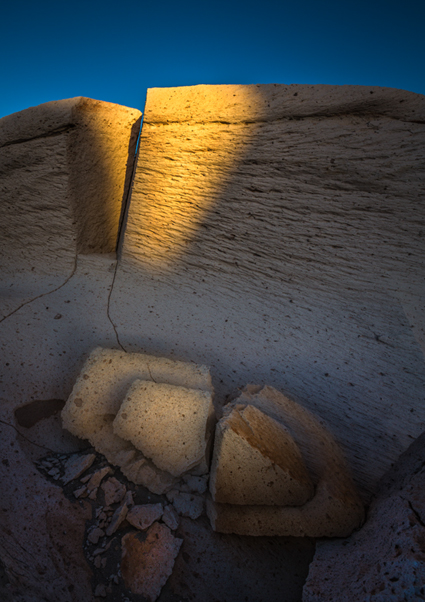
Photographer Eric Meola and I share our insights on the creative process in this three-part conversation. In the first installment, I share the influences of my parents and meetings with many remarkable men and women including Eliot Porter, Ansel Adams, and Georgia O’Keeffe. Then we discuss the power of words.
“Words can be powerful tools. Think of all the things you can do with words. Generate ideas. Clarify a response. Determine a goal. Frame a question. Evaluate strengths and weaknesses. Make comparisons and contrasts. Identify an influence. Select an approach. Test a theory. Explore alternatives. Identify what’s missing. Solve a problem. Advocate. Motivate. Evaluate. Find a new direction.
No matter what discipline you’re in, why wouldn’t you use these powerful tools we call words? Try not using them! Can you? So why not use them well and unlock as much of their power as you can?
Many linguists have explored how language influences thought, going almost as far as saying language is thought. Benjamin Whorf said, “Language is not simply a reporting device for experience but a framework for it.” If a culture has a lot of words for something, it indicates those people have a highly developed relationship with it. If a culture doesn’t have a word for something, it indicates either a very different relationship to a subject or a blind spot. Certain tribes in the Amazon jungle have many words for green, but none for blue. The Inuit have dozens of words for snow. We currently have too few words for photography. (At best, we amend the word photography with other words—photojournalism and photo illustration.) Look at all the words we have for various kinds of writing: fiction, non-fiction, poetry, prose, journalism, journaling, interview, biography, autobiography, screenplay, short story, novel, trilogy, epic, lyric, etc, etc, etc. The photographic community and culture at large would do well to repurpose many words drawn from our literary traditions and use them in our visual traditions.
The question is not, “Should I manipulate a photograph?” Since the invention of photography, all kinds of things have been done to photographs. The question is, “What happens when I do or don’t manipulate a photograph?”
Limited language wastes time and results in less productive debates and diverts attention away from more productive discussions. One of the fundamental things I’m trying to address through my work is complicated by limited language. Our culture often talks about people versus nature; we use words like “us” and “it.” We draw lines and take sides. Our current use of language psychologically distances us. This makes it harder to describe people as parts of nature. If we enter that mindset, we think about ourselves and act in our world differently.”
Read the rest of Part I here.
Read Part II here.
Read my interview of Eric here.


